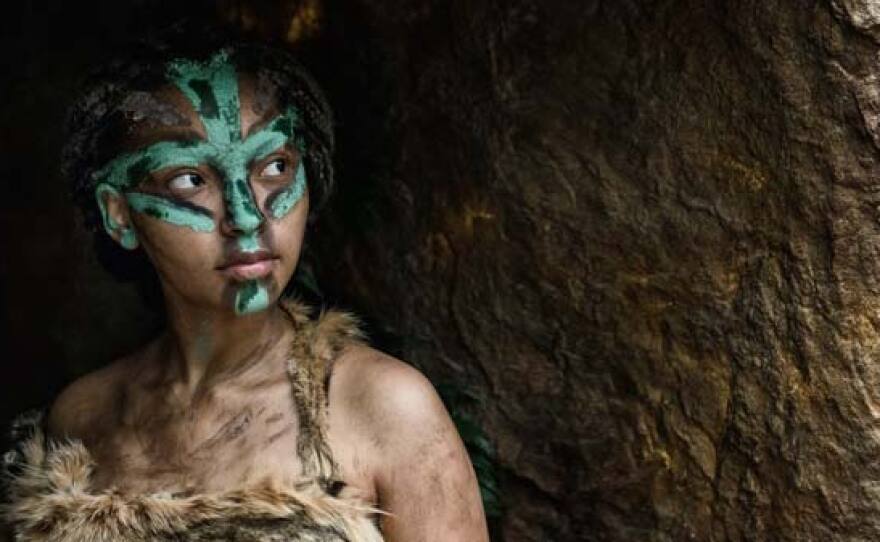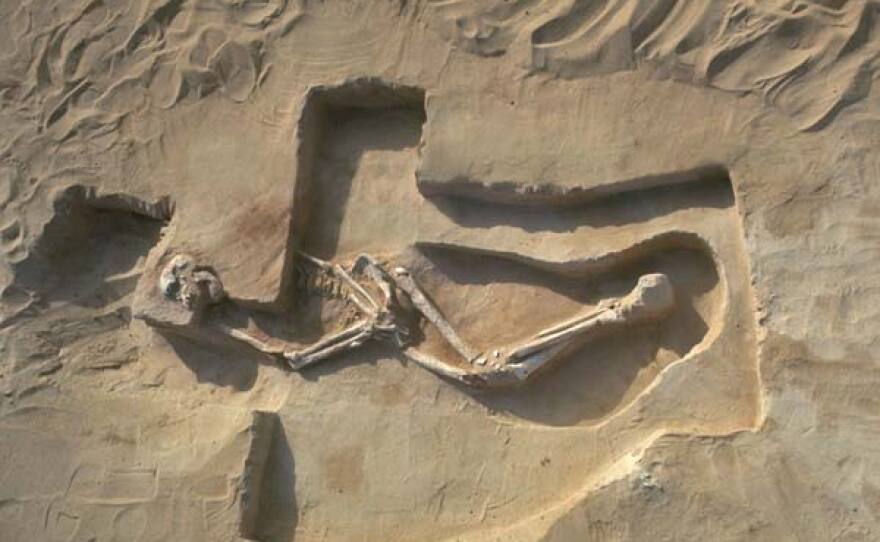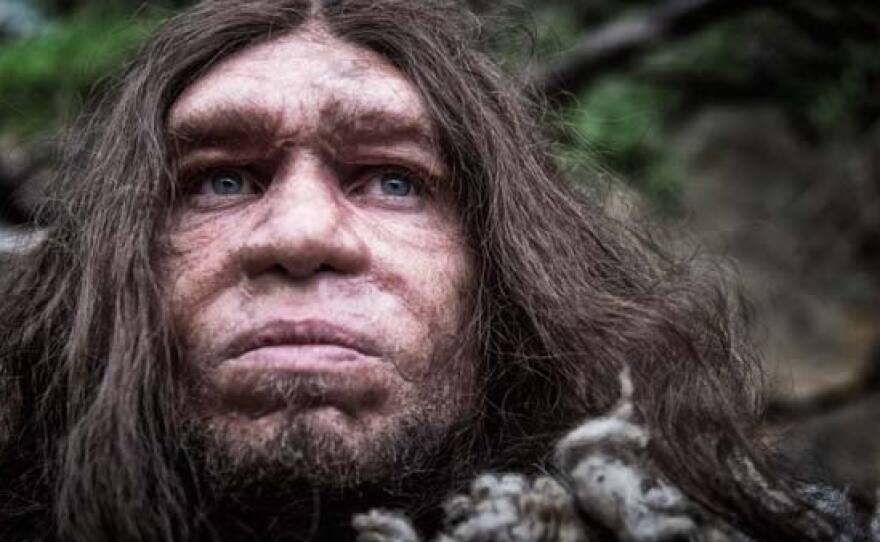FIRST PEOPLES tells the story of how early Homo sapiens moved around the globe and became the dominant human species. Each episode of the five-part series focuses on a different continent and meets the earliest Homo sapiens on that continent – the Americas, Africa, Asia, Australia and Europe. Where did they come from? How did they get there? What role did art, culture and technology play in their lives? Whom did they meet along the way? It used to be thought our ancestors kept a distance from other types of human. But now DNA reveals they mated with them and interbred. As a result, our species is a patchwork of modern and ancient humans – we are all hybrids.





"Americas" airs Wednesday, June 24 at 9 p.m. - As early humans spread out across the world, their toughest challenge was colonizing the Americas because a huge ice sheet blocked the route. It has long been thought that the first Americans were Clovis people, who arrived 13,000 years ago. But an underwater discovery in Mexico suggests people arrived earlier — coming by boat, not on foot. How closely related were these early Americans to today’s Native Americans? It’s an emotive issue, involving one of the most controversial fossils in the world, Kennewick Man.
"Africa" airs Wednesday, June 24 at 10 p.m. - 200,000 years ago, a new species, Homo sapiens, appeared on the African landscape. While scientists have long imagined eastern Africa as a real-life Garden of Eden, the latest research suggests humans evolved in many places across the continent at the same time. Now, the DNA of a 19th-century African-American slave reveals that during the early days of our species, our ancestors continued meeting, mating and hybridizing with other human types in Africa — creating ever greater diversity within us.
"Asia" airs Wednesday, July 1 at 9 p.m. - What happened when early humans ventured out of Africa and into Asia? Where did they go and whom did they meet along the way? The latest evidence suggests they left far earlier than previously thought and interbred with a newly discovered type of ancient human — the Denisovans, whose existence was established only four years ago when geneticists extracted DNA from a tiny fragment of finger bone. Because our ancestors mated with them, their genes found a home within our DNA. More than that, they’ve helped us survive and thrive.
"Australia" airs Wednesday, July 1 at 10 p.m. - When humans arrived in Australia, they were, for the first time, truly alone, surrounded by wildly different flora and fauna. How did they survive and populate a continent? There is a close cultural and genetic link between early Australians and modern-day Aborigines; here the ancient and modern story intersect as nowhere else. The secret to this continuity is diversity. Intuitively, early Australians found the right balance between being separate and connected.
"Europe" airs Wednesday, July 8 at 9 p.m. - When Homo sapiens turned up in prehistoric Europe, they ran into the Neanderthals. The two types of human were similar enough – intellectually and culturally - to interbreed. But as more Homo sapiens moved into Europe and the population increased, there was an explosion of art and symbolic thought which overwhelmed the Neanderthals. Ever since, we’ve had Europe - and the rest of the world - to ourselves.
Video from this episode is available for online viewing.
FIRST PEOPLES is produced for PBS by Wall to Wall Media, one of the UK's leading production companies, making high quality shows for broadcasters across the world.
First Peoples Preview
"See how the mixing of prehistoric human genes led the way for our species to survive and thrive around the globe. Archaeology
Omo 1 - The World's First Modern Human
"OMO-1 died while still in his twenties
The Secret to Our Success - Connectivity
"200
The Denisovans – A New Type of Human Discovered by Genetics
Discover the ancient humans living across Asia when Homo sapiens arrived.
The First Modern European
Archaeologists uncover the first modern human in a European cave.
Ancestral and modern cultures connect






